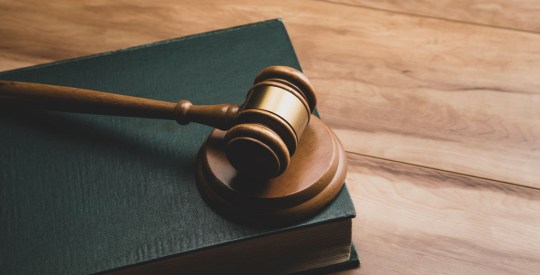Racial inequality has been a long-standing issue in the housing market and the Black homeownership rate in the first quarter of 2020 was just 44% compared to the white homeownership rate at 73.7%, according to the Census Bureau. That’s a small increase from last year, when Black homeownership in the first quarter was at 41.1%.
Looking at the metro level, the rate of Black homeownership in different geographies reveals more details. Black homeownership is highest in Washington, D.C., with 51% of Black families owning their homes, according to analysis by Redfin. Accordingly, Washington, D.C. has the smallest homeownership gap, with 72% of white families owning their homes.
Very close to the D.C. numbers, Birmingham, Alabama has a 50% Black homeownership rate and Richmond, Virginia has a 49% rate.
In the metros it tracks, Redfin said that fewer Black families owned their home in 2018 than in 2012 in all but two. Hartford, Connecticut and Austin, Texas are where the Black homeownership rate has increased by 1%, from 42% to 43% respectively.
The metro where Black homeownership is the lowest is Minneapolis, where only 25% of Black families own their home. On the other hand, 76% of white families own their homes there, Redfin reported.
Milwaukee and Salt Lake City follow also have low levels of Black homeownership, with 27% and 28% of Black families owning their homes, respectively. In Salt Lake City, 72% of white families own their homes, and in Milwaukee, 70% of white families own their homes.
In those three metros, median home sale prices are below $325,000.
According to the Census Bureau, in the 2000s the Black homeownership rate was 46.3%, compared to a Hispanic homeownership rate of 45.7% and a white homeownership rate of 71.3%. However, the Hispanic homeownership rate has gained during the intervening years, to 48.9% in the first quarter of 2020.
Factors that contribute to the lack of Black homeownership include redlining, gentrification and student loan debt.
“The typical homeowner in a neighborhood that was redlined for mortgage lending by the federal government has gained 52% less – or $212,023 less – in personal wealth generated by property value increases than one in a greenlined neighborhood over the last 40 years,” another Redfin report said.
Redfin conducted a survey earlier this year, where 232 Black individuals responded out of more than 1,400 responses. Of those responses, 45% of Black respondents said that student debt prevented them from purchasing a house, compared to 31% of white respondents who said the same.
A report from the Washington Post also noted that Black homeowners pay 13% more in property taxes than a white family would, nationwide.
“The homeownership gap between Black and white families is a problem that extends far beyond the realm of housing,” said Redfin economist Taylor Marr.
“The value many Black families have missed out on because they were impacted by systemic racism in housing could have been passed down to children and grandchildren, paying for things like higher education, childcare, starting a business and down payments on their own home,” Marr continued. “Instead, younger generations in the Black community are at an unfair financial and social disadvantage.”





